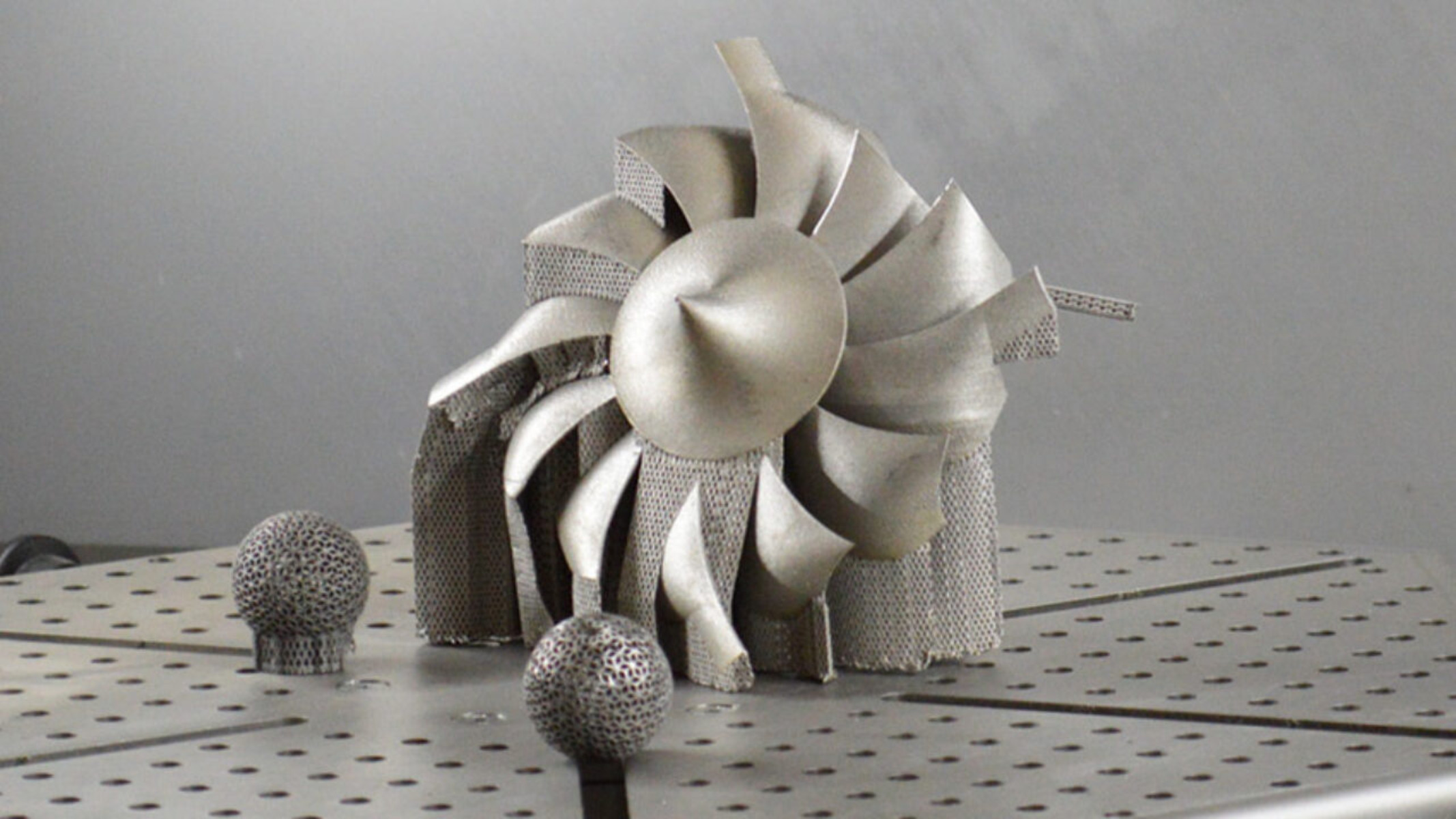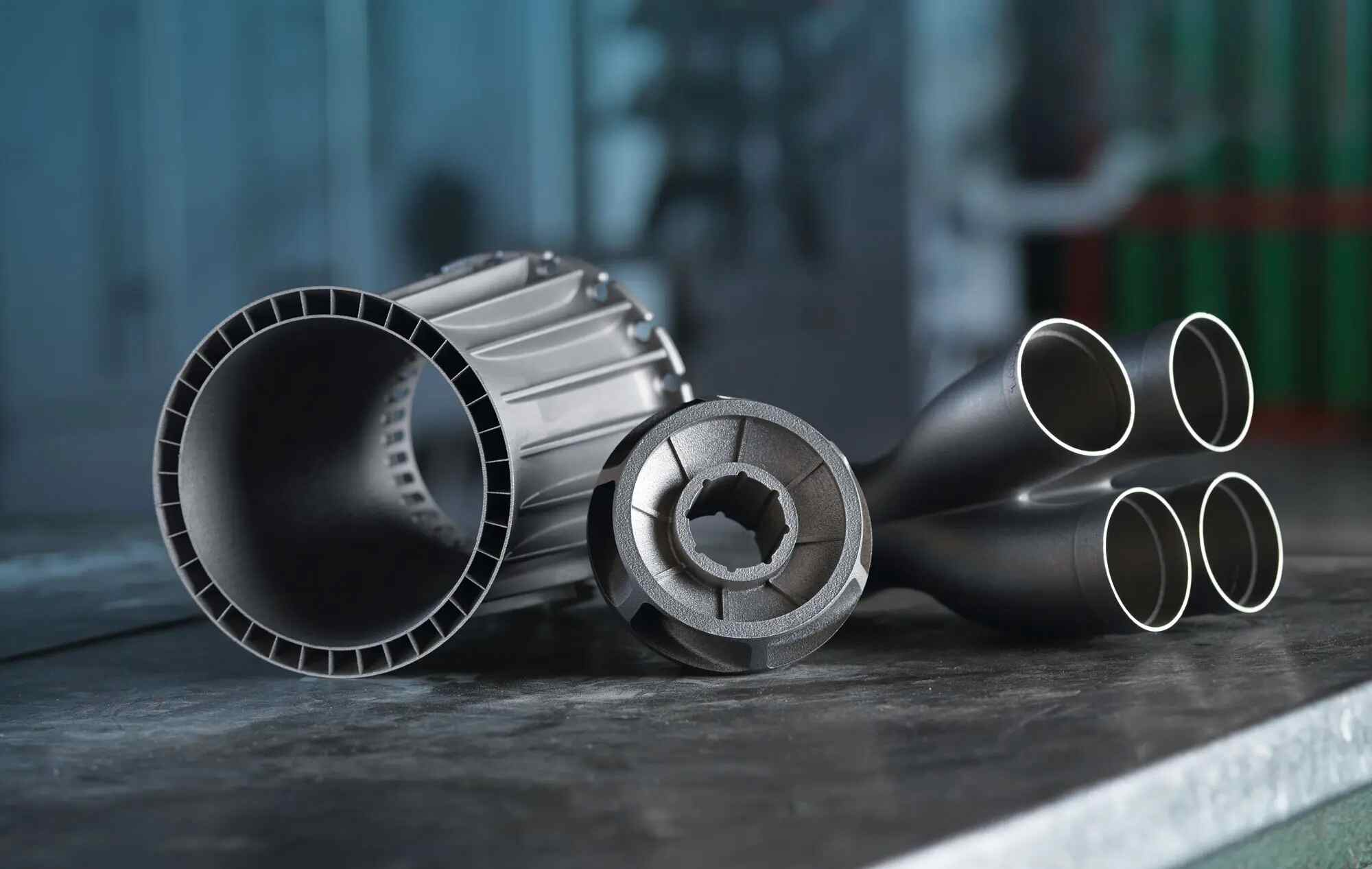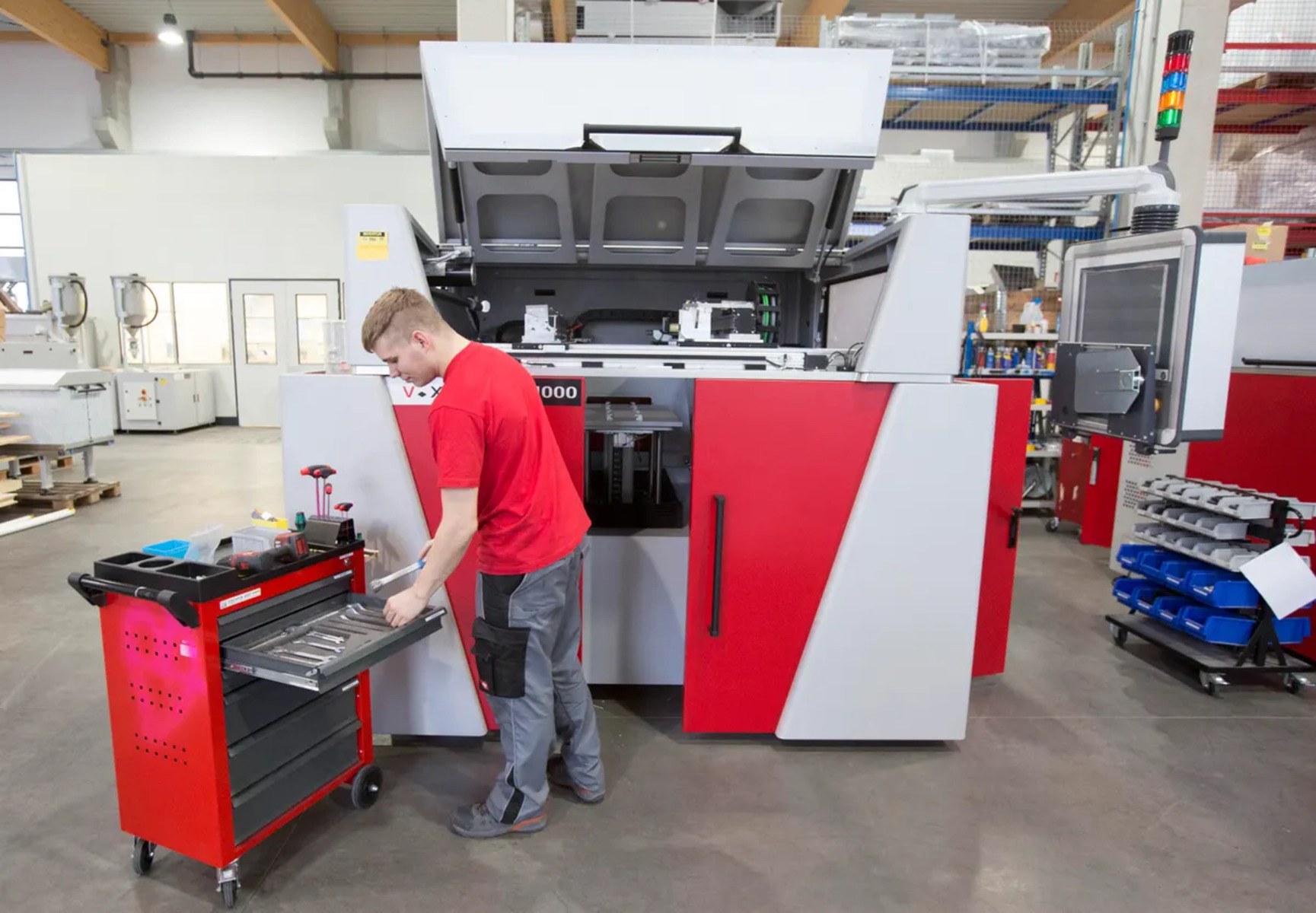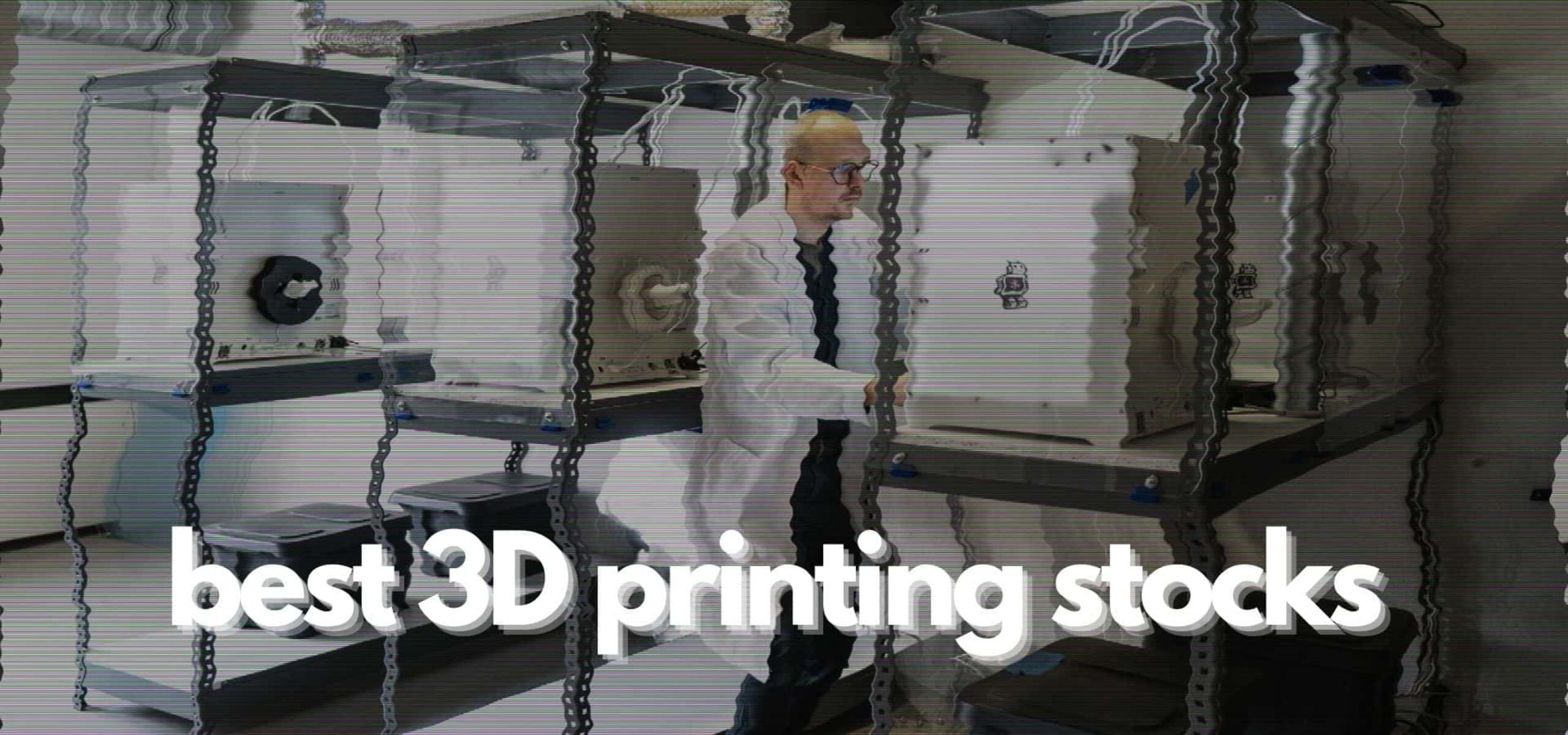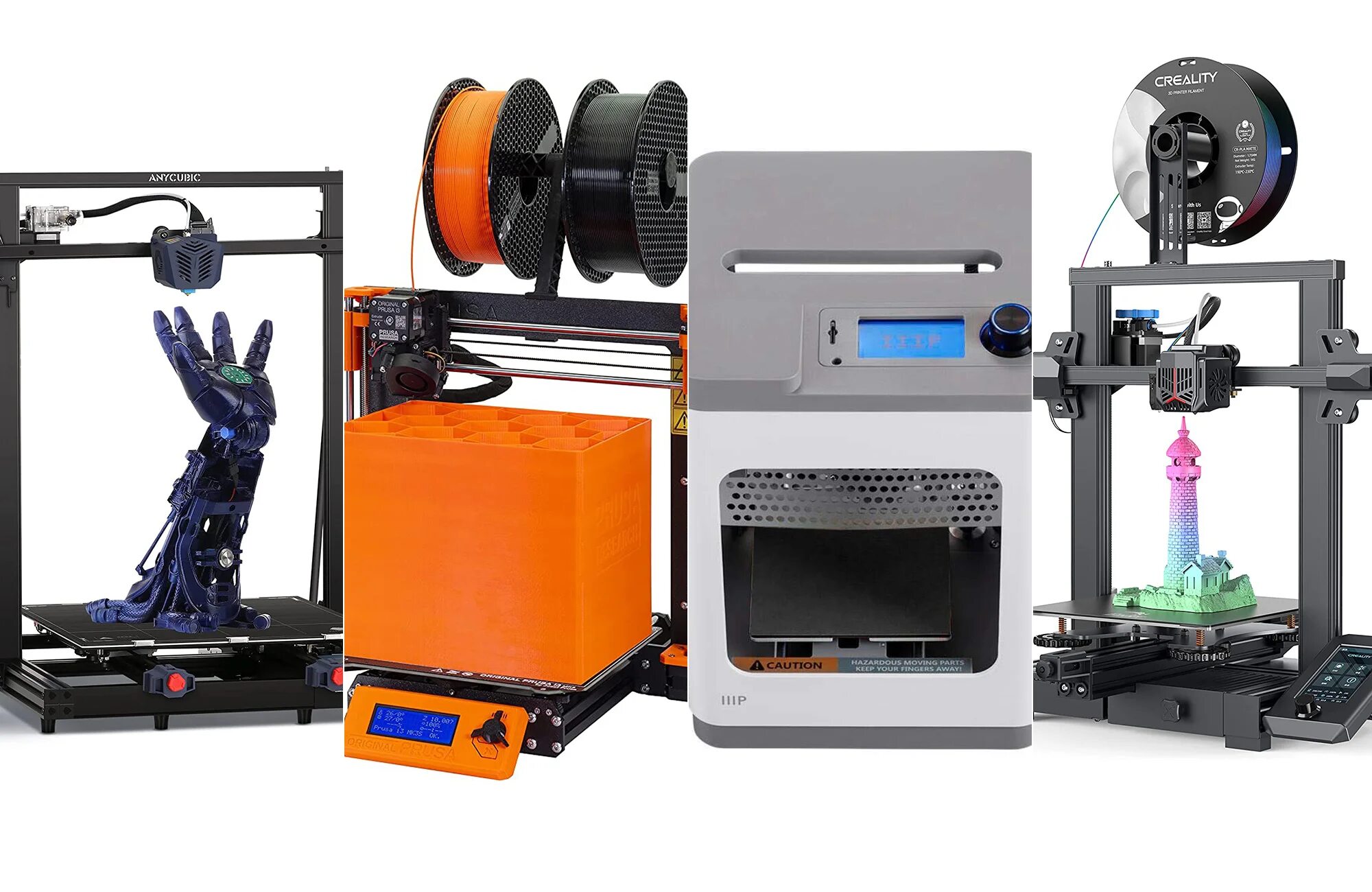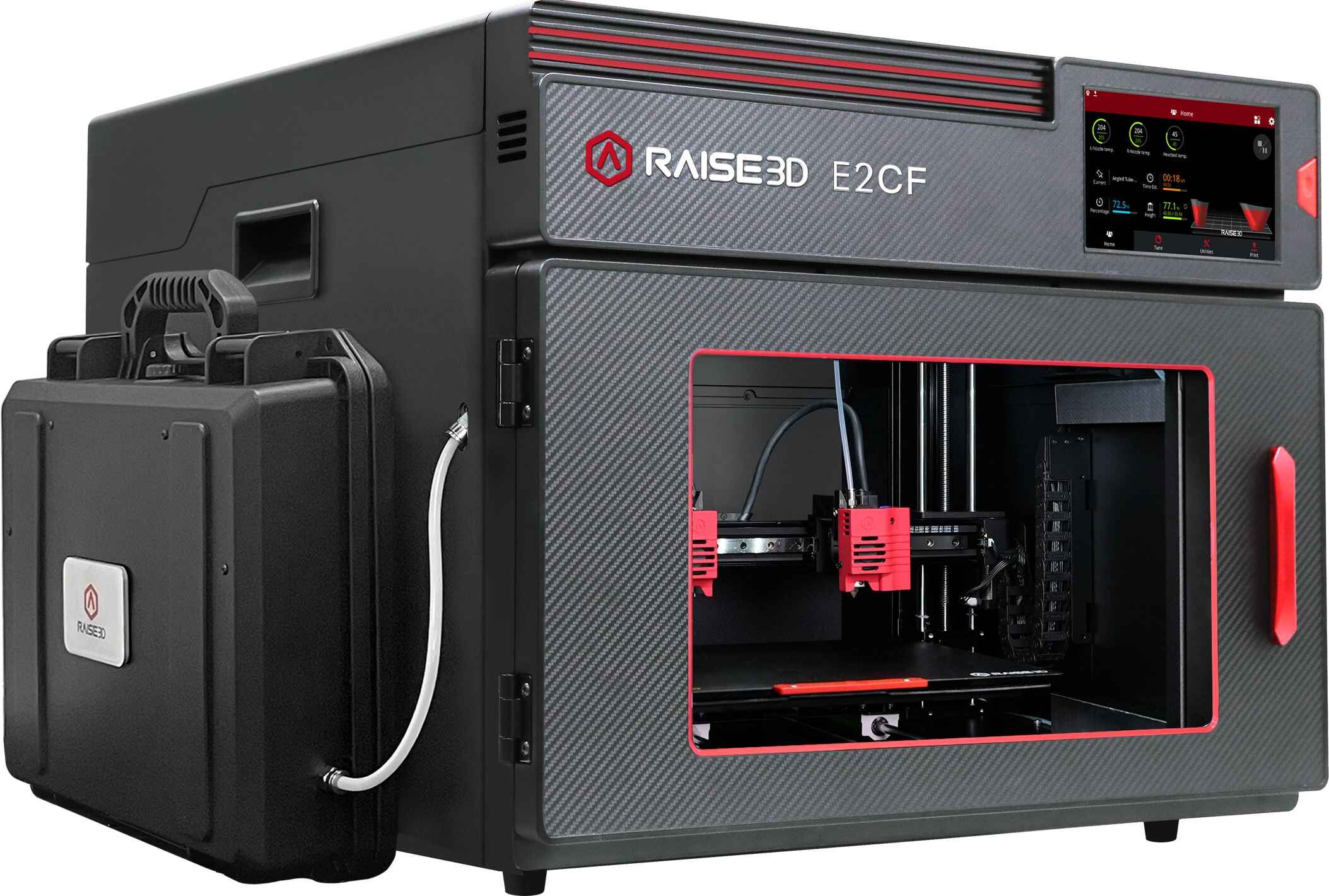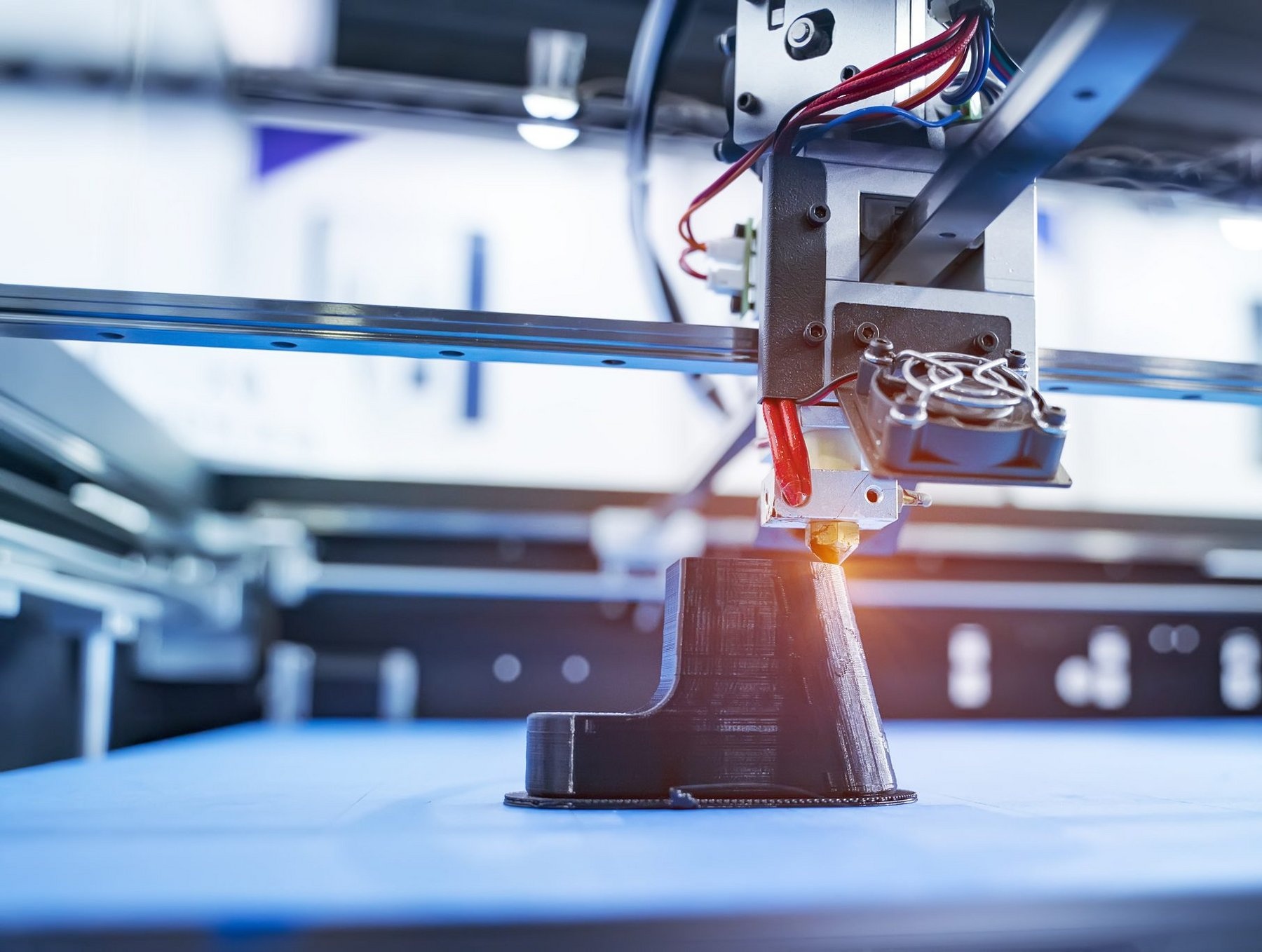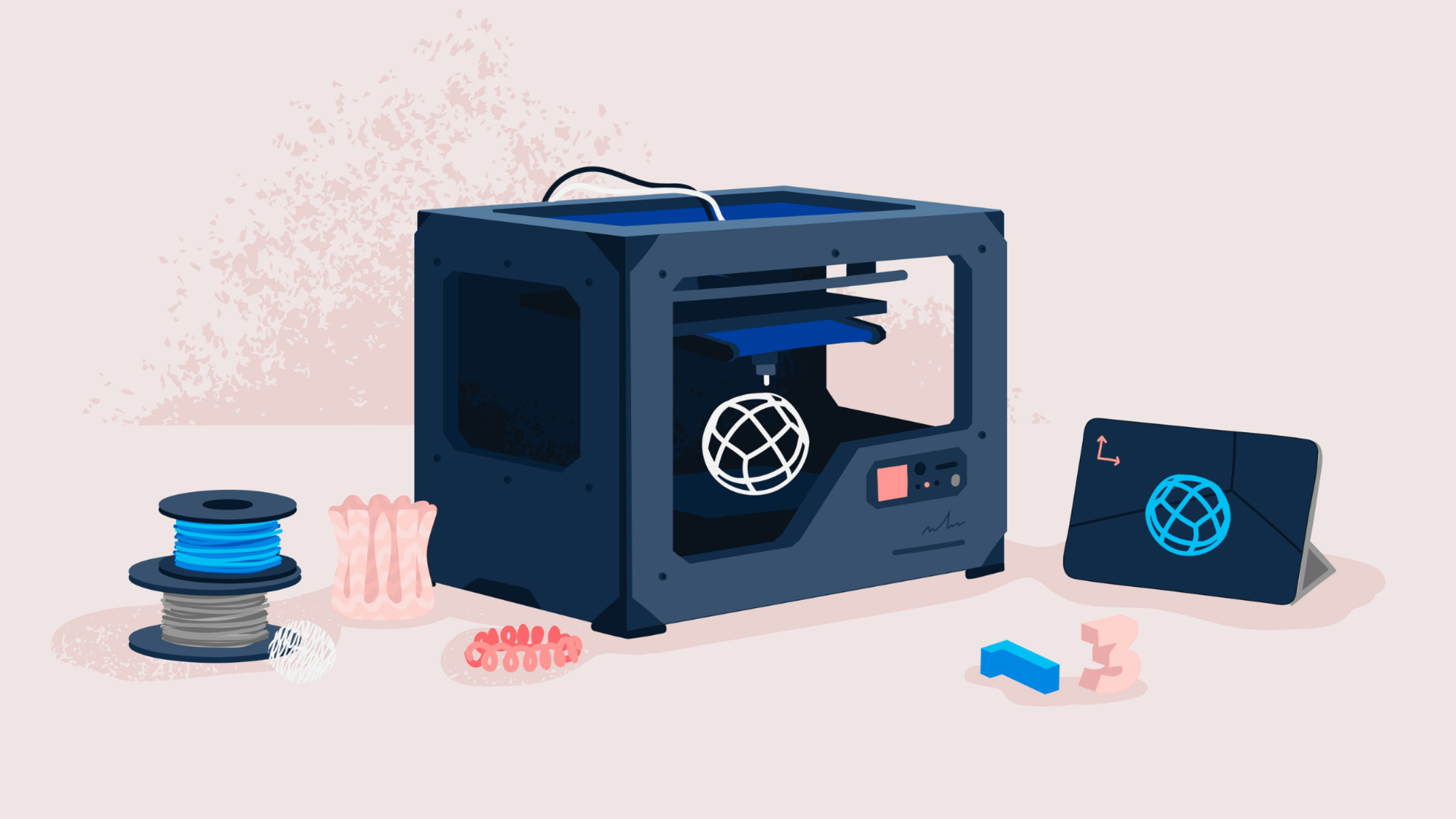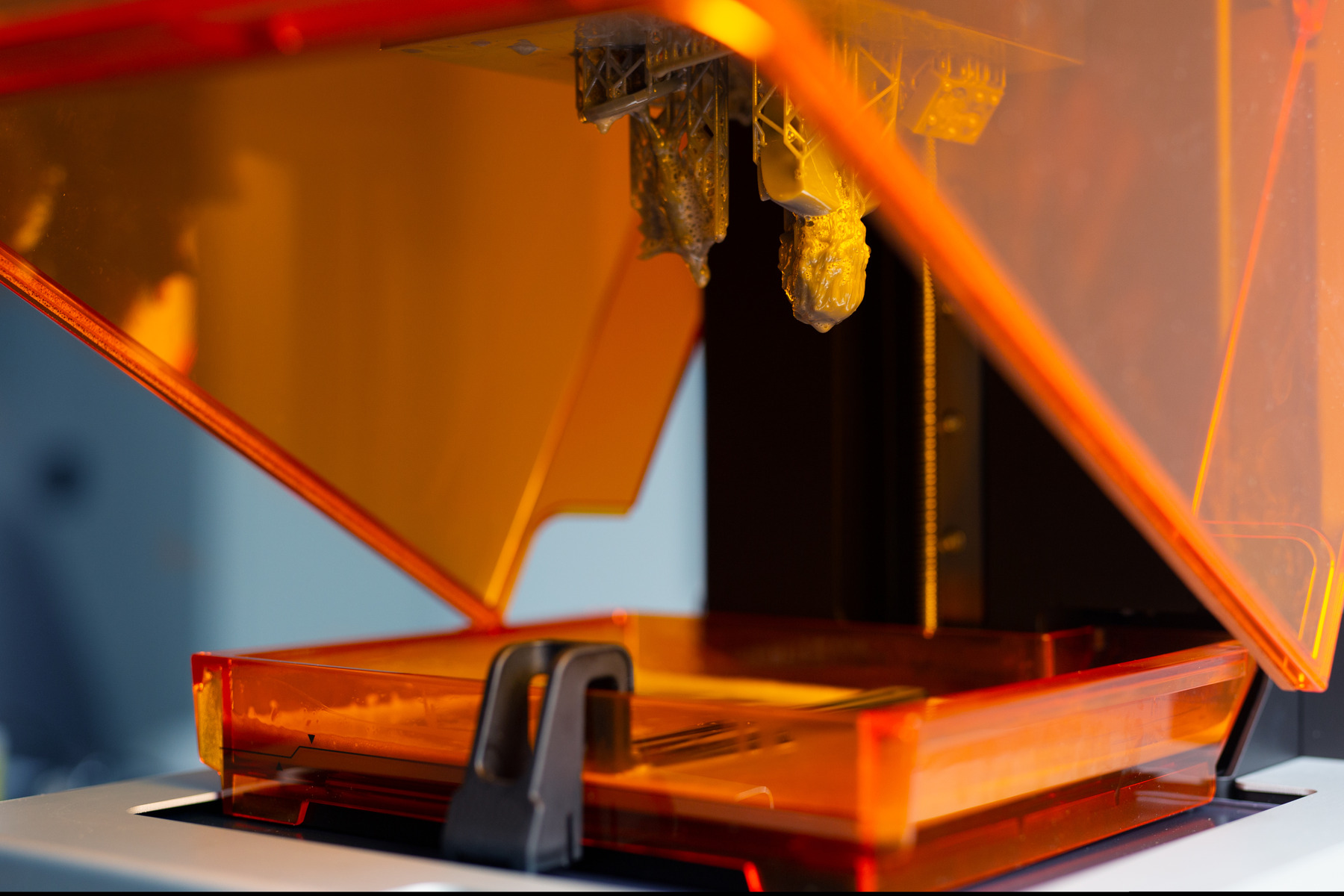Introduction
The field of aerospace engineering has witnessed significant advancements in recent years, thanks to the rapid development of 3D printing technology. Also known as additive manufacturing, 3D printing has revolutionized the way aerospace components are designed, produced, and maintained. This innovative technique involves creating three-dimensional objects by layering materials based on digital models, enabling engineers to manufacture complex parts with unmatched precision and efficiency.
With its versatility and customization capabilities, 3D printing has found extensive applications in the aerospace industry, ranging from rapid prototyping to producing lightweight structures and tooling. By harnessing the power of additive manufacturing, aerospace engineers have overcome traditional manufacturing limitations and unlocked new possibilities in terms of design flexibility, cost reduction, and performance optimization. This article explores the various ways 3D printing is used in the aerospace industry, highlighting its impact on innovation and advancements in aerospace engineering.
Through the implementation of 3D printing, aerospace engineers can rapidly develop prototypes, iterate designs, and test different concepts without the need for lengthy and expensive traditional manufacturing processes. This allows for quicker turnaround times, enabling engineers to refine designs and identify potential improvements at a significantly faster pace.
Another significant advantage of 3D printing in aerospace is the ability to produce complex geometries that would be otherwise impossible or extremely difficult using traditional manufacturing methods. With additive manufacturing, engineers can create intricate and organic shapes without the constraints of traditional machining or casting processes. This not only enhances performance but also reduces the overall weight of aerospace components, leading to improved fuel efficiency and reduced emissions.
Moreover, 3D printing offers cost reduction opportunities in aerospace manufacturing. Unlike traditional methods that often involve multiple steps, specialized tooling, and long lead times, additive manufacturing simplifies the production process and eliminates the need for costly molds and tooling. This not only reduces manufacturing costs but also minimizes material waste and increases overall production efficiency.
In addition to manufacturing and design processes, 3D printing has gained traction in the aerospace industry for maintenance, repair, and overhaul (MRO) purposes. By utilizing this technology, operators can create spare parts on-demand, reducing dependency on long supply chains and minimizing aircraft downtime. This is particularly advantageous for older aircraft models where sourcing original spare parts may no longer be feasible.
Rapid Prototyping
One of the key benefits of 3D printing in aerospace is its ability to enable rapid prototyping. Traditionally, developing prototypes involved lengthy fabrication processes and expensive tooling, resulting in significant time and cost investment. However, with the advent of 3D printing, aerospace engineers can now streamline the prototyping phase, accelerating innovation and design iteration.
By utilizing 3D printing technology, engineers can transform their digital designs into physical prototypes in a fraction of the time required by conventional manufacturing methods. This allows for faster evaluation and testing of concepts, enabling engineers to make design improvements and modifications more efficiently.
Furthermore, 3D printing allows for the production of complex shapes and geometries that would be challenging or impractical to create using traditional manufacturing techniques. Aerospace engineers can leverage this technology to fabricate intricate prototype components with high precision and accuracy, ensuring a more accurate representation of the final product.
Another advantage of rapid prototyping through 3D printing is the ability to easily modify designs based on real-time feedback. If a certain feature or functionality needs improvement, engineers can quickly make adjustments to the digital model and print an updated prototype within hours, rather than waiting days or weeks for a revised prototype to be manufactured.
Additionally, 3D printed prototypes can be used to perform functional testing, allowing engineers to assess performance, fit, and form. This helps identify any potential issues or areas for improvement early in the design process, saving time and resources in the long run.
Overall, the use of 3D printing for rapid prototyping in the aerospace industry provides engineers with unmatched flexibility, speed, and cost-efficiency. It allows for rapid iteration, faster concept validation, and more efficient design optimization. By enabling quick and accurate production of prototypes, aerospace companies can accelerate research and development efforts, leading to faster innovation and improved product quality.
Complex Geometries
3D printing has revolutionized the aerospace industry by enabling the creation of complex geometries that were previously unattainable using traditional manufacturing techniques. This capability has opened up new possibilities for designing and producing innovative aerospace components with improved functionality and performance.
With 3D printing, aerospace engineers can fabricate intricate and organic shapes that were once considered difficult or impossible to manufacture. Additive manufacturing allows for the layer-by-layer deposition of materials based on digital models, freeing designers from the constraints of traditional machining or casting methods.
This newfound freedom in design has led to the development of components with optimized performance and enhanced functionality. For example, 3D printing has facilitated the creation of lightweight lattice structures with optimal strength-to-weight ratios, improving fuel efficiency and reducing aircraft weight.
Furthermore, the ability to create complex internal channels and intricate internal features with 3D printing has improved heat dissipation and fluid flow in aerospace components. This can result in enhanced thermal management and improved overall system efficiency.
Another advantage of using 3D printing for complex geometries is the reduction of assembly and manufacturing complexity. Unlike traditional manufacturing methods that involve multiple components and the need for joints or assemblies, additive manufacturing allows for the production of complex parts as a single piece.
This reduces the risk of assembly errors, improves structural integrity, and eliminates the need for additional manufacturing steps. The ability to create complex, consolidated components with 3D printing has the potential to simplify supply chains and reduce costs, as well as decrease the risk of part failure due to weak joints or connections.
In summary, the use of 3D printing in aerospace facilitates the fabrication of complex geometries, allowing for the creation of innovative and optimized components. By leveraging the design freedom provided by additive manufacturing, engineers can push the boundaries of traditional manufacturing limitations and create high-performance aerospace parts with improved functionality, reduced weight, and enhanced efficiency.
Lightweight Structures
One of the significant advantages of 3D printing in the aerospace industry is its ability to enable the production of lightweight structures. Weight reduction is crucial in aerospace engineering as it directly impacts fuel efficiency, aircraft performance, and emissions. 3D printing offers a solution to this challenge by allowing engineers to design and manufacture lightweight components with optimized strength and durability.
Traditional manufacturing methods often involve the removal of excess material through milling or machining, resulting in a loss of structural integrity and efficiency. However, with additive manufacturing, aerospace engineers can create intricate lattice structures that maintain strength while significantly reducing weight. These lattice structures are specifically designed to distribute stress in a targeted manner, enhancing the overall strength-to-weight ratio of the component.
In addition to lattice structures, 3D printing techniques such as topology optimization can further enhance weight reduction in aerospace structures. Topology optimization involves using computational algorithms to optimize material distribution within a component, removing unnecessary material while maintaining structural integrity. This design approach, combined with the freedom to create complex geometries enabled by 3D printing, allows for the fabrication of lightweight and high-strength aerospace components.
The reduction in weight achieved through 3D printing has several advantages. Firstly, it improves fuel efficiency, as lighter aircraft require less energy for propulsion. This not only leads to cost savings for airlines but also contributes to reducing carbon emissions and environmental impact. Secondly, lightweight structures enhance the overall performance and maneuverability of aircraft, resulting in improved safety and stability.
Moreover, the use of lightweight 3D printed structures in aerospace applications extends beyond aircraft. Spacecraft and satellites, with their restrictions on weight and payload capacity, can benefit greatly from the weight reduction capabilities of additive manufacturing. By leveraging 3D printing, engineers can optimize the design of spacecraft components and reduce overall launch costs.
Overall, the ability to produce lightweight structures through 3D printing has revolutionized the aerospace industry. It allows for the creation of components with optimal strength-to-weight ratios, improving fuel efficiency, performance, and safety. By reducing weight and increasing efficiency, additive manufacturing contributes to advancements in aerospace technology, addressing the industry’s constant need for innovation and sustainability.
Cost Reduction
3D printing has significantly impacted the aerospace industry by offering opportunities for cost reduction throughout the manufacturing process. Traditional manufacturing methods often involve complex and costly processes, including the fabrication of specialized tooling, extensive machining, and long lead times. However, with the advent of 3D printing, these challenges can be minimized, resulting in substantial cost savings for aerospace companies.
One of the key advantages of 3D printing is the elimination of the need for expensive molds and tooling. Traditional manufacturing methods require custom tooling to produce complex components, which can significantly increase production costs. In contrast, with additive manufacturing, components can be produced directly from a digital model, bypassing the need for costly tooling. This not only reduces initial setup costs but also allows for greater flexibility in design iterations and modifications, further reducing expenses.
In addition, 3D printing enables the consolidation of multiple parts into a single component, leading to further cost reduction. By fabricating complex geometries as a single piece, the need for assembly, joining, and additional manufacturing steps can be eliminated. This streamlines the manufacturing process, reduces labor costs, and minimizes the risk of part failure due to weak joints or connections.
Furthermore, additive manufacturing allows for more efficient use of materials. Traditional manufacturing methods often result in material waste due to the removal of excess material during machining or milling processes. 3D printing, on the other hand, adds material layer by layer based on digital designs, minimizing waste. This not only reduces material costs but also has environmental benefits by reducing overall material consumption and waste generation.
The ability to produce components on-demand using 3D printing can also contribute to cost reduction in the aerospace industry. With additive manufacturing, spare parts can be produced as needed, minimizing the need for inventory storage and reducing the risk of obsolescence. This is particularly advantageous for older aircraft models where original spare parts may no longer be readily available.
Overall, the cost reduction potential of 3D printing in aerospace is significant. By eliminating the need for expensive tooling, streamlining the manufacturing process, reducing material waste, and enabling on-demand production of spare parts, aerospace companies can achieve substantial cost savings. These cost reductions contribute to increased profitability, competitiveness, and innovation within the industry.
Maintenance, Repair, and Overhaul (MRO)
3D printing technology has revolutionized the field of maintenance, repair, and overhaul (MRO) in the aerospace industry. MRO involves the regular maintenance, inspection, repair, and replacement of aircraft components to ensure their continued airworthiness. At the heart of this field lies the need for efficient and cost-effective solutions, which additive manufacturing can provide.
One of the key advantages of 3D printing in MRO is the ability to produce spare parts on-demand. Over time, aircraft components may become damaged, worn out, or require replacement due to aging or obsolescence. Instead of relying on lengthy and sometimes pricey supply chains, 3D printing allows for the local, on-site production of replacement parts. This significantly reduces lead times and maintenance costs, minimizing aircraft downtime and improving operational efficiency.
Additive manufacturing enables the replication of complex or hard-to-find spare parts that may no longer be in production. By leveraging 3D printing technology, obsolete components can be reverse-engineered from existing parts or digital models, ensuring a continuous supply of replacement components for older aircraft models. This capability extends the lifetime of aircraft and allows for continued safe operation even in the face of discontinued part availability.
In addition to spare parts production, 3D printing also facilitates repair and refurbishment in the MRO process. Damaged or worn-out components can be scanned, analyzed, and repaired using additive manufacturing techniques. This eliminates the need for complete part replacement, saving considerable costs compared to traditional repair methods that may involve complex and time-consuming refurbishment processes.
Furthermore, 3D printing enables customization and optimization of repair solutions. Additive manufacturing allows for the creation of tailored parts and tools that specifically meet the unique requirements of an aircraft or its components. This customization ensures a precise fit and optimal performance, improving the overall effectiveness of repair and maintenance operations.
By embracing 3D printing in MRO, aerospace companies can enhance their in-house capabilities and reduce reliance on external suppliers. This increases operational flexibility, promotes cost savings, and empowers companies to have better control over their maintenance processes.
In summary, 3D printing has transformed the MRO landscape in the aerospace industry. The ability to produce spare parts on-demand, refurbish damaged components, and customize repair solutions has streamlined MRO operations, reduced costs, and enhanced overall efficiency. By leveraging this technology, aerospace companies can increase aircraft availability, extend the lifespan of older models, and ensure safer and more reliable operations.
Tooling and Manufacturing Aids
3D printing technology has revolutionized the field of tooling and manufacturing aids in the aerospace industry. Traditional manufacturing processes often require the production of specialized tooling and fixtures to facilitate efficient production. However, 3D printing offers an alternative approach by enabling the rapid and cost-effective production of custom tooling and manufacturing aids.
One of the key benefits of 3D printing in tooling is the ability to create complex and intricate geometries. Unlike traditional manufacturing methods, which often involve multiple parts and complex assemblies, 3D printing allows for the production of tooling as a single piece, eliminating the need for assembly and reducing the risk of part failure. This streamlined approach not only saves time and labor but also provides improved precision and accuracy.
Moreover, 3D printing empowers engineers to create specialized tooling and fixtures that are specifically designed to meet unique manufacturing requirements. Custom-made jigs, clamps, and holding fixtures can be quickly designed and 3D printed to securely hold and position components during various manufacturing processes. This ensures accurate and consistent production, reducing errors and inefficiencies.
Another advantage of 3D printing in tooling is its cost-effectiveness. Traditional manufacturing methods often involve time-consuming and expensive processes, such as CNC machining or injection molding, to produce tooling. In contrast, 3D printing reduces both the time and cost required to fabricate tooling. This makes it particularly valuable for low-volume production, where the expense of traditional tooling may not be justified.
Additionally, 3D printing offers the flexibility to iterate and modify tooling designs quickly. As manufacturing processes evolve or design iterations are made, traditional tooling may become obsolete or require costly modifications. However, with additive manufacturing, tooling designs can be easily modified and 3D printed on-demand, allowing for rapid adaptations and improvements as needed.
Furthermore, 3D printing can be utilized to create manufacturing aids such as templates, guides, and gauges. These aids assist in ensuring accurate and efficient assembly, inspection, and quality control processes. By 3D printing these aids, aerospace companies can improve process reliability, reduce human error, and enhance overall manufacturing efficiency.
In summary, 3D printing has transformed the field of tooling and manufacturing aids in the aerospace industry. The ability to produce custom, complex, and cost-effective tooling and fixtures provides significant benefits in terms of accuracy, efficiency, and cost savings. By embracing additive manufacturing, aerospace companies can enhance their manufacturing processes, improve product quality, and ultimately achieve greater operational success.
Customization and Personalization
3D printing has brought customization and personalization to new heights in the aerospace industry. Traditionally, mass production methods limited the ability to tailor products to specific needs and preferences. However, with additive manufacturing, aerospace companies can now create highly customized and personalized components, offering unique advantages for both manufacturers and end-users.
One of the key benefits of 3D printing in customization is the ability to easily modify designs. Unlike traditional manufacturing methods that require extensive retooling and production line adjustments, additive manufacturing allows for quick design modifications. This flexibility enables aerospace engineers to make design changes specific to individual customer requirements, resulting in customized products that meet their exact needs.
This level of customization extends beyond minor design tweaks. With 3D printing, aerospace companies can easily produce one-off or small-batch production runs. This is particularly valuable for the production of spare parts for older aircraft models or components with unique specifications. By leveraging 3D printing, manufacturers can respond to specific customer demands and facilitate the production of highly specialized and custom-built aerospace components.
Personalization is another area where 3D printing shines in the aerospace industry. Through the use of additive manufacturing, tailored components can be created to match the ergonomic requirements or personal preferences of individual pilots or crew members. This level of personalization ensures comfort, enhances performance, and promotes safety during flight operations.
Furthermore, 3D printing enables the integration of personalized features or branding elements into aerospace components. Aircraft interiors, for example, can be customized to reflect the branding or unique design aesthetics of an airline. This level of personalization not only enhances the passenger experience but also promotes the brand image and differentiation in a highly competitive industry.
Moreover, additive manufacturing allows for the optimization of component performance based on specific requirements. Through topology optimization, for example, engineers can create components that are lightweight, yet robust, tailored to the specific operating conditions of an aircraft. This leads to improved fuel efficiency, durability, and overall performance, aligning with personalized needs and preferences.
In summary, 3D printing has enabled unprecedented levels of customization and personalization in the aerospace industry. The ability to modify designs, produce one-off or small-batch production runs, and integrate personalized features empowers aerospace companies to meet individual customer requirements and enhance the overall flight experience. As additive manufacturing continues to advance, customization and personalization will play an increasingly crucial role in meeting the diverse needs of the aerospace industry.
Future Applications and Innovations
As 3D printing technology continues to advance at a rapid pace, the future potential and innovations in the aerospace industry are vast. The ongoing development and refinement of additive manufacturing techniques offer exciting possibilities for improved performance, cost reduction, and enhanced capabilities in aerospace engineering.
One of the most significant future applications of 3D printing in aerospace is the production of fully functional components. While 3D printing has primarily been used for prototyping and non-critical parts, ongoing research aims to develop materials and processes that can withstand the demanding conditions of flight. This could revolutionize aircraft manufacturing, allowing for the production of complex, fully integrated components through additive manufacturing.
In addition to functional components, 3D printing offers the potential to integrate sensors, electronics, and other embedded systems directly into aerospace components. This would enable the creation of smart and interconnected structures, improving data collection, monitoring, and overall performance. Additive manufacturing’s ability to create complex geometries and integrate various functionalities will be instrumental in advancing the Internet of Things (IoT) within the aerospace industry.
Furthermore, the use of advanced materials in 3D printing is an area of ongoing research and development. Aerospace engineers are exploring the use of high-performance polymers, composites, and even metals to enhance the strength, durability, and heat resistance of 3D-printed components. This opens up new opportunities for lightweight yet robust structures, enabling fuel-efficient aircraft and reducing environmental impact.
The concept of on-demand manufacturing using 3D printing is also gaining traction in the aerospace industry. As the technology continues to mature, the ability to produce components directly at the point of use, whether on an aircraft carrier or a remote space station, offers significant advantages in terms of logistics, supply chain management, and maintenance. This would minimize downtime, reduce inventory, and enable rapid response to maintenance and repair needs.
Another area of future innovation is the development of multi-material and multi-layer 3D printing techniques. This would enable the fabrication of components with varying material properties or functionalities within a single manufacturing process. For example, the combination of flexible and rigid materials could lead to the creation of adaptive aerospace structures, improving aerodynamics and overall performance.
Overall, the future of 3D printing in the aerospace industry is promising. The ongoing advancements in materials, processes, and design capabilities will unlock new levels of innovation, customization, and efficiency. As additive manufacturing continues to evolve, it will shape the future of aerospace engineering, leading to more sustainable, cost-effective, and technologically advanced aircraft.
Conclusion
3D printing has revolutionized the aerospace industry, offering unprecedented possibilities for innovation, customization, and cost reduction. The ability to rapidly prototype, create complex geometries, produce lightweight structures, and reduce manufacturing costs has transformed the way aerospace components are designed, manufactured, and maintained.
Rapid prototyping through additive manufacturing has accelerated the pace of innovation in aerospace engineering, allowing for faster design iterations and improved concept validation. The production of complex geometries with 3D printing has led to lightweight structures with optimized strength-to-weight ratios, enhancing fuel efficiency and overall performance. Additionally, the cost reduction potential of 3D printing in aerospace is significant, eliminating the need for expensive tooling and reducing material waste.
Maintenance, repair, and overhaul (MRO) operations in the aerospace industry have been streamlined with 3D printing technology. On-demand production of spare parts, customization of component designs, and refurbishment of damaged parts have reduced lead times, minimized aircraft downtime, and provided efficient solutions for older aircraft models.
3D printing has also impacted tooling and manufacturing aids in aerospace, enabling the creation of customized, complex, and cost-effective solutions. Customized tooling and fixtures, as well as personalized components, have improved manufacturing efficiency, accuracy, and overall product quality.
Looking towards the future, 3D printing holds immense potential for further advancements in aerospace engineering. The production of fully functional components, integration of sensors and electronics, exploration of advanced materials, and on-demand manufacturing are areas of ongoing research and development. As the technology continues to evolve, additive manufacturing will play a crucial role in shaping the future of the aerospace industry.
In conclusion, 3D printing has transformed the aerospace industry by offering unparalleled capabilities in design, manufacturing, and maintenance. With its ability to customize, optimize, and innovate, additive manufacturing is revolutionizing the way aerospace companies operate. The future of 3D printing in aerospace is full of promise, paving the way for more efficient, sustainable, and technologically advanced aircraft.







